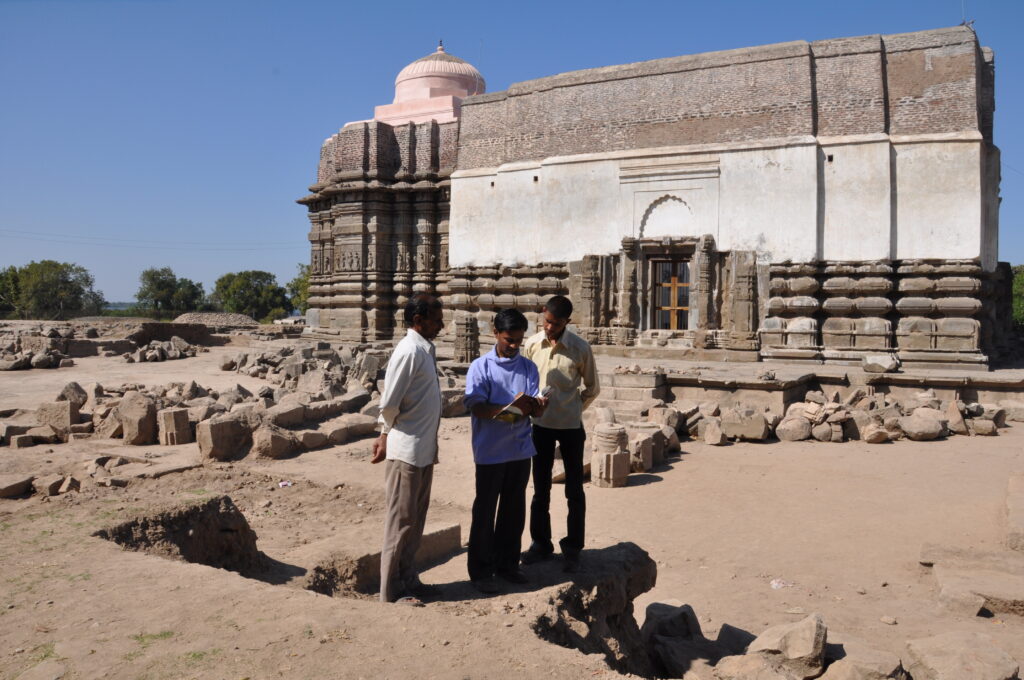Archaeological Sites


Archaeological Sites
The history of archaeology began in Western Europe, and the earliest scholars to take an interest in the archaeology of the Indian subcontinent were Western European travelers in the 16th, 17th and early 18th centuries. The earliest European written accounts of India’s ancient monuments and Hindu temples were produced by sailors and travelers in the 16th, 17th and early 18th centuries CE. Some of these accounts included ground plans and drawings of the buildings, however they lacked any historical discussion of their origins, with the exception of several references to Alexander the Great, the Macedonian emperor who had conquered much of Northern India in the 4th century BCE.
The history of Indian archaeology spans from the 19th century to the present, and includes a wide variety of archaeologists investigating the region’s history. The history of archaeology began in Western Europe, and the earliest scholars to take an interest in the archaeology of the Indian subcontinent were Western European travelers in the 16th, 17th and early 18th centuries.
Some notable archaeological sites in India include Lothak, Dholvira, Kalibangan, Rakhigarhi, Inamgaon, Daimabad, Nevasa, Kavthe, Prakasha archaeological sites located in the states of Gujrat, Harayana, and Maharashtra etc. Mohenjo-Daro and Harappa are also ancient archaeological sites that were once a part of India, but now lie within the borders of Pakistan. The Harappan civilization was also called the Indus River Valley Civilization
In the prehistory of the Indian subcontinent, the Iron Age in India cultures are the Painted Grey Ware culture (1300 to 300 BCE) and the Northern Black Polished Ware (700 to 200 BCE), the later corresponds to the transition of the Vedic period Janapada principalities to the sixteen Mahajanapadas region-states of the early historic period, culminating in the emergence of the Maurya Empire towards the end of the period.
